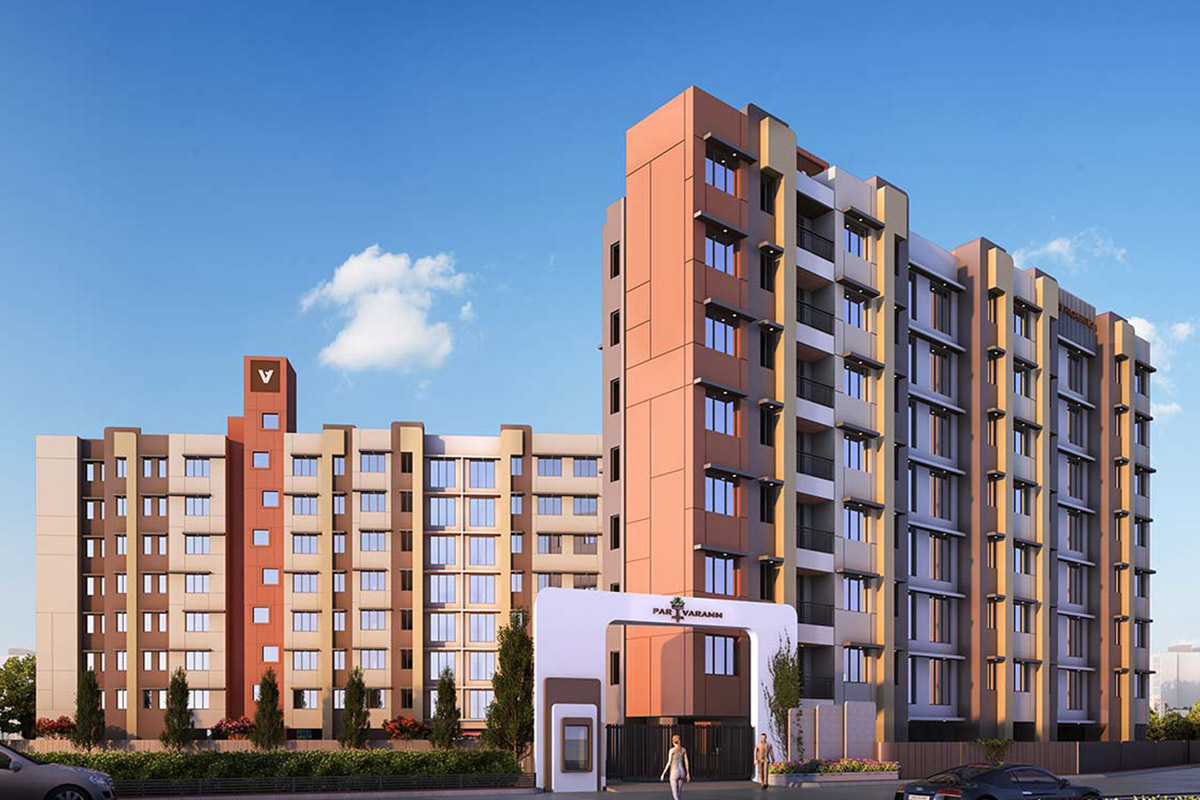In a place like Mumbai, panvel, where many health concerns are common, the value of sustainable projects is pronounced. But what does a self-sustainable project mean?
Sustainability is more than just a buzzword; it’s a comprehensive strategy that begins with a single idea and evolves into a way of life for end users. Incorporating passive solar energy and efficient natural cooling systems into projects can be done in a variety of ways.
Sustainable and affordable housing is required so as to guarantee plentiful access to housing, minimize waste, and increase resource efficiency. This is an essential component of attaining SDG 11 (sustainable cities and communities) and SDG 12 (responsible consumption and production).
Government standards typically aim to enhance the monetary feasibility of housing, as opposed to taking into account its impact on the environment. This is often because homeowners pay little attention to sustainability. As a result, a gap has developed between development and environmental protection.
In order to have low maintenance needs, it’s helpful to be cost-effective and self-sustaining. Some of the ways in which this happens are:
– Encourage natural ventilation to help maintain greater indoor air quality for all residents.
– Take advantage of daylighting to conserve energy.
– Water recycling and rainwater harvesting
– Renewable building materials aim at conserving the environment.
– Construction waste can be reduced during and after its completion.
– Aiming to minimize your carbon footprint.
Key sides of sustainable housing focus on include:
#Build long-lasting, sustainable designs – To design strategies that are sustainable, it’s essential to not prioritize durability over anything else.
#Adopt energy-saving methods that reduce costs over time – The primary focus should be on finding methods that help reduce the expense of daily operations. By using renewable sources of energy, you can reduce the energy bill by up to 20 to 30 percent.
#Use recyclable or reusable materials – Many materials have a second life and can be recycled to reduce costs. For instance, waste marble, kadappah, kota, and red Agra pieces can be used to create flooring for corridors and verandas, with a straightforward IPS border. This action alone can reduce costs over standard floor options by at least 30%.
#Optimise, Instead of maximizing – Whenever possible, make sure that materials are used efficiently, rather than maximizing their use.
More and more consumers and developers are embracing the concept of green and sustainable living, yet will take time to become mainstream. It is important for developers to continue to focus on creating sustainable housing options in order to meet the demands of consumers. If you’re looking for a sustainable home, Vijay Properties Panvel is a great place to start your search.


